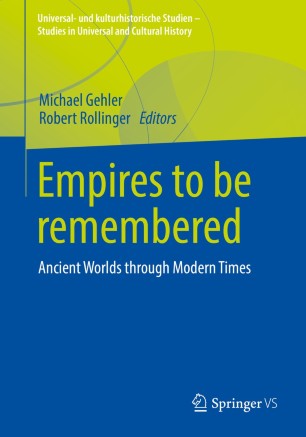The table of contents of the latest issue (56) of the journal Iranica Antiqua:
- RENETTE, Steve, KHAYANI, Ali, LEVINE, Louis D.: Chogha Maran. A Local Center of the Chalcolithic and Early Bronze Age in the Central Zagros
- YEGANEH JAMSHIDI, Sepideh: Correlation of Sealings and Content on Proto-Elamite Tablets. Four Unpublished Sealings in the National Museum of Iran
- BRITE, Elizabeth Baker: Khorezm’s Dark Age in the 3rd to 6th Centuries CE
- FATTAHI, Morteza, SHARIFI, Mahnaz: OSL Dating of Submerged Ancient Jareh Bridge-Dam (South-West of Iran)
- YOUSOFVAND, Younos, NEISTANI, Javad: The Cobblestone Road of Mirorah. Evidence from the Late Sassanid and Early Islamic Centuries’ Road-Building in Western Iran (Luristān Province)
- ASKARPOUR, Vahid, KHALILI, Mohaddese, MOTTAGHI, Neshat, SANGARI, Esmaeil, MOGHADDAS, Amirhossein: Bull Sacrifice at Esfanjān, a Case of Ritual Syncretism





